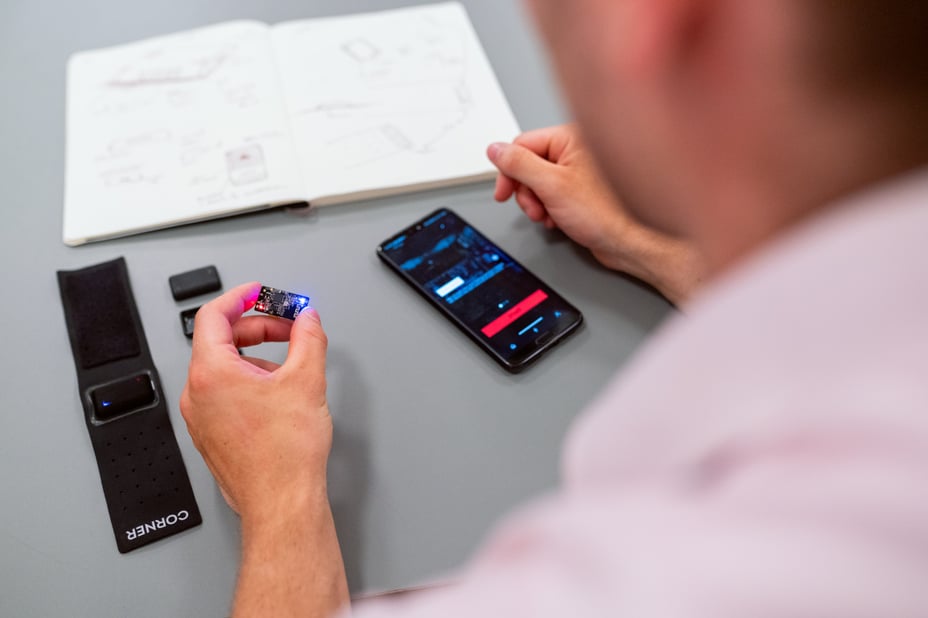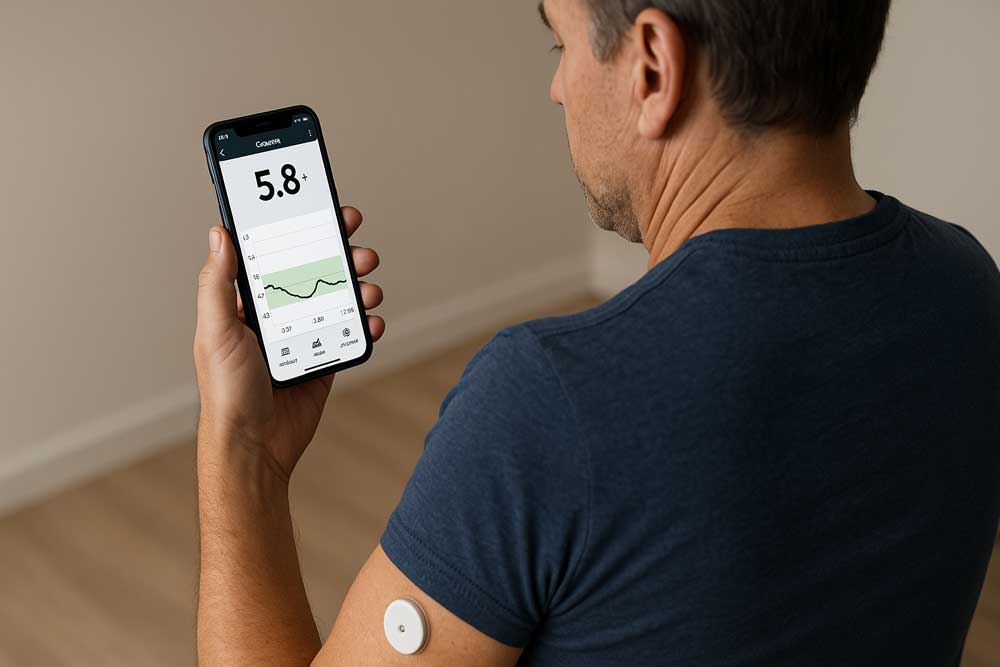Case Study: Integrating device & companion app testing for reliability & reduced cost
Companion apps and why they matter
Most connected products today are supported by companion mobile apps which provide for their control and configuration. Some companion apps provide all the user-facing functions, such as displaying the product user interface and all controls, while others provide essential information on health or security.
For consumers, apps are used for health monitoring and sensors. They're used in the home for integration with Alexa skills, Google Home and Apple HomeKit and more. Using the companion apps to integrate connected products for health, in the home, from smart lighting to entertainment is commonplace. In the car too, mobile apps have become standard - offering remote control, navigation assistance, service information and more. - Yet the Apple and Google appstores remain littered with 1 star reviews from dissatisfied customers.
Mobile companion apps are also common in the enterprise and health services, where mobile apps are used to connect, provision, configure and integrate devices like health sensors and monitoring, configure access points, lighting and heating systems, office printers and access control systems and configure them with existing processes and infrastructure.
The connected products, the supporting companion app software and the services and sensors that support them can be thought of as a product 'ecosystem', where each component needs to perform as expected for the product ecosystem to function.

The main components of a product ecosystem
While product ecosystems will vary in complexity there are usually five core components:
- The connected product hardware - the physical device which usually features a processor or system on a chip (SoC) and allows input and outputs, E.g. consumer electronics, IP cameras.
- Sensors - often attached to the physical product hardware but can also be discrete and separate. For example, motion, compass and pressure sensors in a mobile phone, thermometers and hygrometers in smart heating systems.
- Communications – method and protocols to transfer data, wireless standards such as Bluetooth, Wi-Fi, Zigbee and physical communications such as USB, ethernet and serial.
- Software – the software and applications that enable the user to configure and manage the product ecosystem, provide interfaces and manage data, frequently mobile companion apps, but can also be desktop based or embedded.
- Cloud services and connectivity – the backbone to the Internet of things, cloud services and connectivity, storing and sharing data between devices, platforms and more.
The challenge for companion app software developers
Given how essential companion mobile apps have become, it is perhaps surprising that the traditional methods mobile app developers use to test and automate their apps during development are generally unable to monitor, control or access physical products.
This makes it nearly impossible to create test automation for mobile companion apps for connected products that reflect the end-to-end user experience. This can leave gaps in the automated test plan, often leaving developers and QA teams with no option other than to employ labour intensive manual testing processes instead.
This leaves a number of the main components of the product ecosystem to be manually tested. This also means that the five individual components of the product ecosystem are tested separately during development, leaving a potential gap in understanding the customer experience when the components are integrated in the final product. This inevitably means a risk that the customer experience will be impacted, and presents a risk to customer confidence and brand reputation.

End-to-end automation is needed to test the product ecosystem
Testing connected products from end-to-end just as an end user will use them is essential and so a method of controlling and testing all components of the product ecosystem as a whole is needed. Nextgen ATAM Connect is a product test automation platform designed to fill this need and provide developers with a test methodology that allows all elements to be tested, during development and in the QA process. ATAM Connect automation controls connected product hardware, integrated sensors and input data, checks and ensures robust communication over any protocol, automated mobile (and desktop) companion apps and interfaces with cloud services, ensuring the full customer experience is tested.
How automated product ecosystem testing can reduce business costs and increase efficiency.
- By using end-to-end product testing the quality of the testing increases by fully testing every use case the consumer will encounter.
- Using automation manual labour is drastically reduced, freeing up engineering team resources to focus on analysis and product development.
- Automating companion apps with product hardware testing increases the coverage of testing, since automation doesn’t only replace manual testing, but it increases the number of test cases that can be performed, better reflecting the real world usage of product, mobile app, connectivity and cloud services as a whole.
- Finding issues that manual testing may miss by testing longer and with increased test duty cycles in the same timeframe and identifying edge and boundary conditions by testing both product connectivity and app software.
- Ensures company and brand reputation by finding issues in product and companion app software ecosystem behaviour that ensures robust products and a provides great user experience.
Click to find out more about Nextgen ATAMConnect
Find out how robust automation can help test connected product and companion apps and provide a great customer experience for your use case, contact us today.





